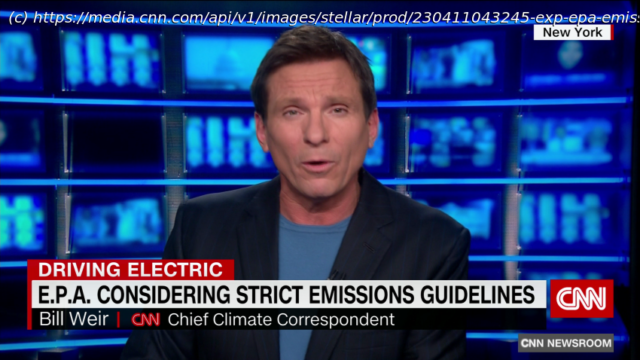Array
The US government is planning to change auto emissions standards in a way that means automakers would need to sell a lot more electric vehicles. By 2032, electric vehicles would need to make up about two-thirds of all the new cars sold in America.
Without these requirements, electric vehicles would have reached that sort of market share sometime after 2035, according to Moody’s industry analyst Matthias Heck. The goals laid out by the EPA are manageable, he said, but it won’t be easy and high levels of investment would be needed. For now, the proposal is still just that, a proposal, and could well change before before being finalized, Heck pointed out.
Over the next decade things will change a lot, including charging infrastructure and the vehicles themselves. Consumers will be drawn to electric vehicles more as battery technology improves and prices drop. And government incentives, like those under the new Inflation Reduction Act, will help, too.
It’s important to remember that, nearly a decade from now, electric vehicles are going to be different from what’s on the market today, said Chris Harto a policy analyst for transportation and energy at Consumer Reports. And even as EV market share rises to two-thirds, it’s not like EVs will flood America’s roads overnight, he said. Eighty percent of the cars on the roads in 2032 will still be gas-powered, he said, but shopping for a new vehicle will be different.
‘We’re talking about past cost parity, so it’s going to be the same price or cheaper,” compared to a gas-powered car, he said.
At the same time, driving ranges will increase, fast charging will be easier and more accessible and owners will enjoy greatly reduced operating costs, Harto said. Moody’s Heck predicted that next-generation EV batteries expected in the next few years will go 30% further on a charge and will recharge 30% faster.






